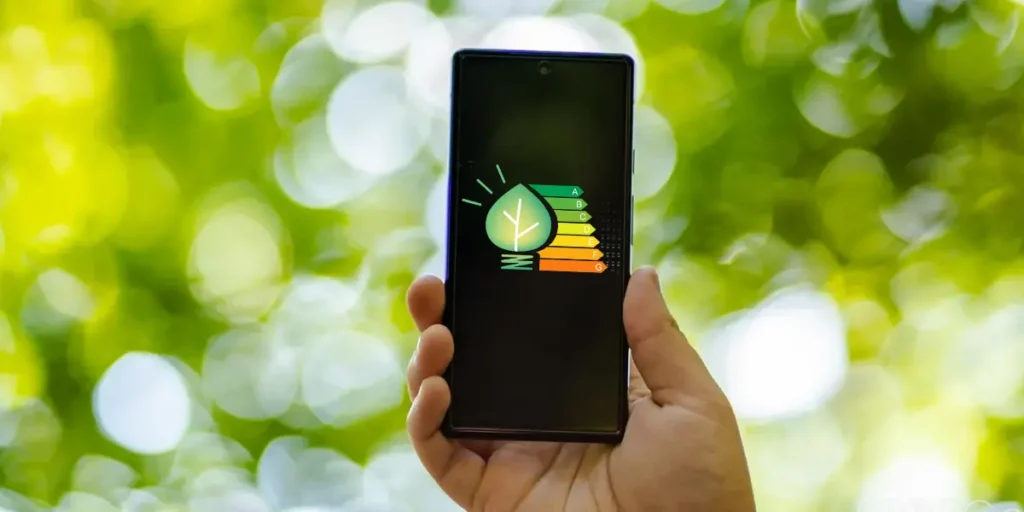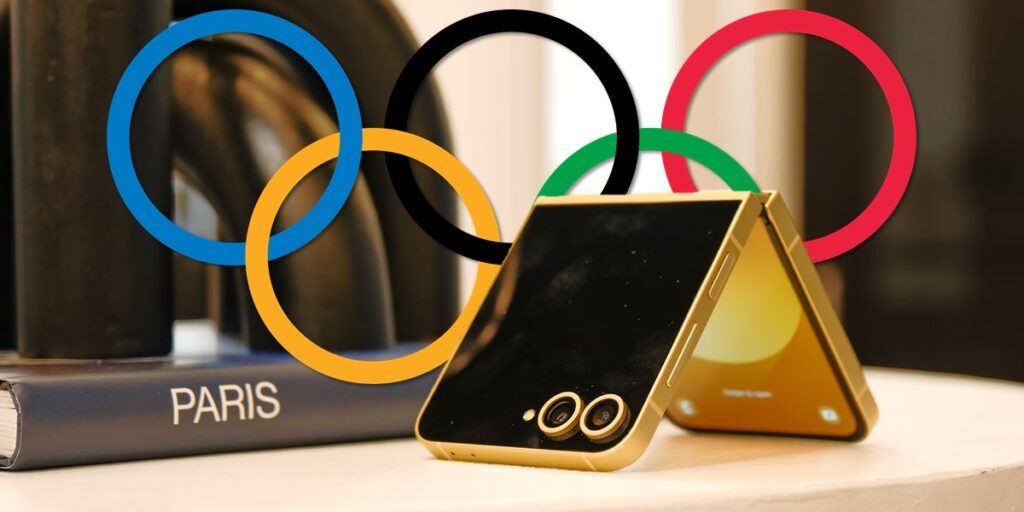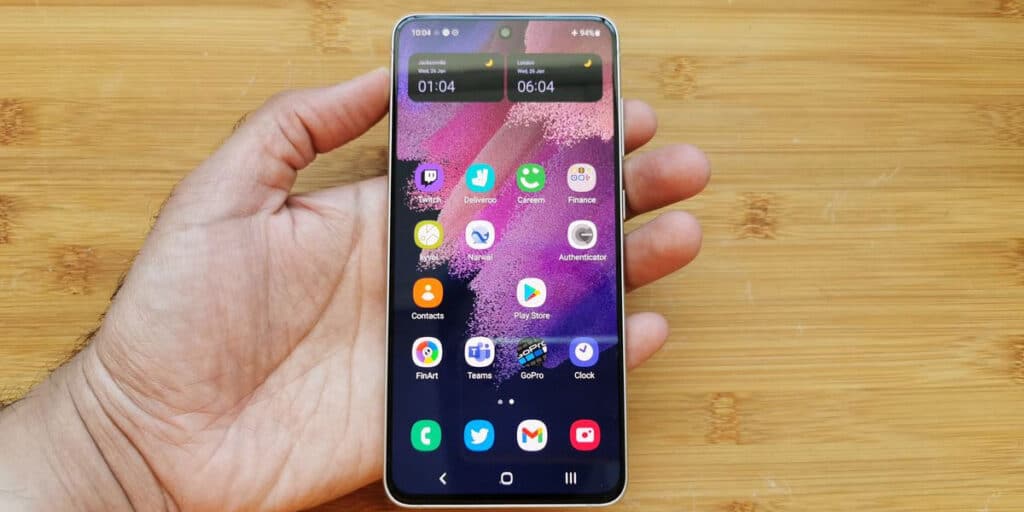
European consumers have to do with efficiency labels for years In all types of devices and other electronic devices. However, and although it is a gigantic market, so far we have not done it with cell phones and tablets, but this is about to change.
The European Union has just approved the use of the energy label in mobile phones and tabletsA measure that will come into force in a very short time. What should you know about this? We tell you everything in this article.
What is the new EU mobile efficiency label and tablet? When will it come into force?

For the European Union (EU) standardization e Transparency of technological companiesnot only for its consumers, but also in relation to the environmental impact. That’s why they constantly create new measures that push towards it and the most recent insurance will like.
The EU has just approved a measure that requires manufacturers of mobile devices and tablets to use the energy efficiency label All its products sold in the European Economic Area (EEE). Will be Mandatory on devices marketed on 20 June 2025 and must be included in the box.
Will be similar to the label seen in other electronic devices, but focused on the needs of mobile users and tablets. These will be the devices surrounded by the EU measurement:
- Smartphone to be used with cellular or satellite networks.
- Tablet with 7 “to 17.4” screens.
- Basic mobile phones No internet or third -party apps (traditional).
- Wireless phones (for fixed telephony).
Folding cell phones will be out of measurementAs well as those devices that were already on sale in the EEE before June 20. But to all these, What criteria will be taken into consideration for the label and what information will they offer to users?
What criteria will the EU use to determine the energy efficiency of cell phones and tablets?


As in other labels, the degree of efficiency of the devices surrounded by this measure will be measured taking into account Five specific criteria. Of course, everyone adapted to this niche:
- Battery longevity: They must support at least 800 loading and complete download cycles Without the original battery capacity that drops from 80%.
- Durability: All devices must be accidental falls resistant and protect against dust and water (through the IP certification system).
- Repair: Manufacturers must offer Availability of critical pieces for a maximum of 7 years After the device stops selling in the EU. In addition, these parts must be available for users in a maximum of 10 working days.
- Access to repairs: Professional repatriations must haveCceso non -discriminatory any software or firmware required.
- Software support: All devices should receive System updates for at least 5 years From the date of sale of sale.
Who will be responsible for the validation of this and the assignment of the corresponding label? In principle, Manufacturers/Suppliers/Importers who sell devices to the EEE They must record them through the EPREL platform managed by the European Commission. Of course, they should offer precise data.
However, The same commission will have a team in charge of validating this information Whenever it is necessary. They will be able to verify any of the criteria, but it is known that they will make the main effort in the duration, repair and battery performance.
What information will they offer the energy efficiency label in mobile phones and tablets?


Although it is not yet applied, the European Commission has already published an image in which it is possible to see everything that the energy efficiency label will show. CHe will listen to seven sections in totalwho translated the following (the image is in English):
- Energy efficiency scale From class A (best) to g (worse).
- Energy efficiency class of the product.
- Average duration of the battery per complete cycleIn hours and minutes.
- Duration class Before repetitive free falls.
- Durability of the battery in cycles.
- Repair class.
- IP protection level against dust and water.
Why does the European Union require this new label? What advantages do you have?


The EU has created this new mobile label and tablet Faced with the achievement of its energy objectives for 2030thus supporting the existing ones. But we are a little more concrete with those goals, because the EU is looking for:
- Reduce CO₂ emissions In 46 million tons by 2030.
- Save an average of € 150 per year to houses.
- Reduce technological waste The result of the constant spare of devices.
- Reduce programmed obsolescence Make consumers maintain their own (perfectly functional) devices for a longer time.
- Make sure the repair and update of devices For prolonged periods and without too many obstacles.
All this is positive for end consumersAlso for the planet, then we applaud standing. However, some companies are likely not to see this measure with a good eye, but they will have to cross the circle if they want to get good scores on the label. Do you have it in mind?




